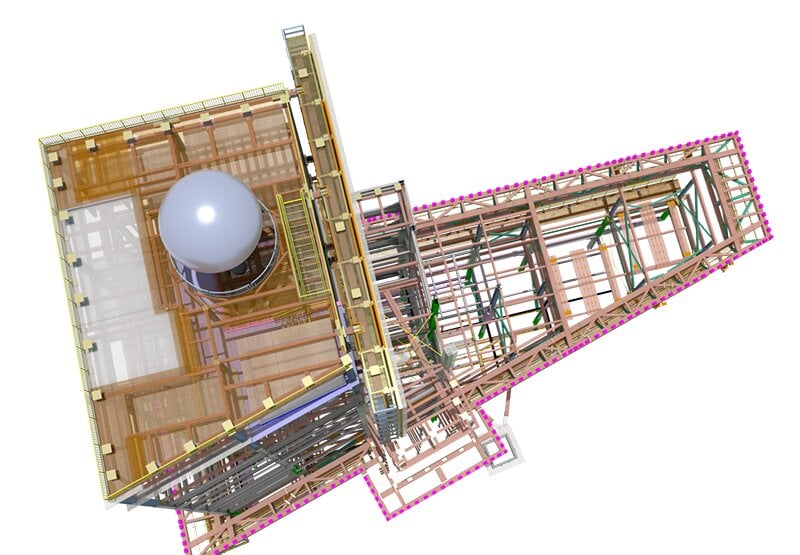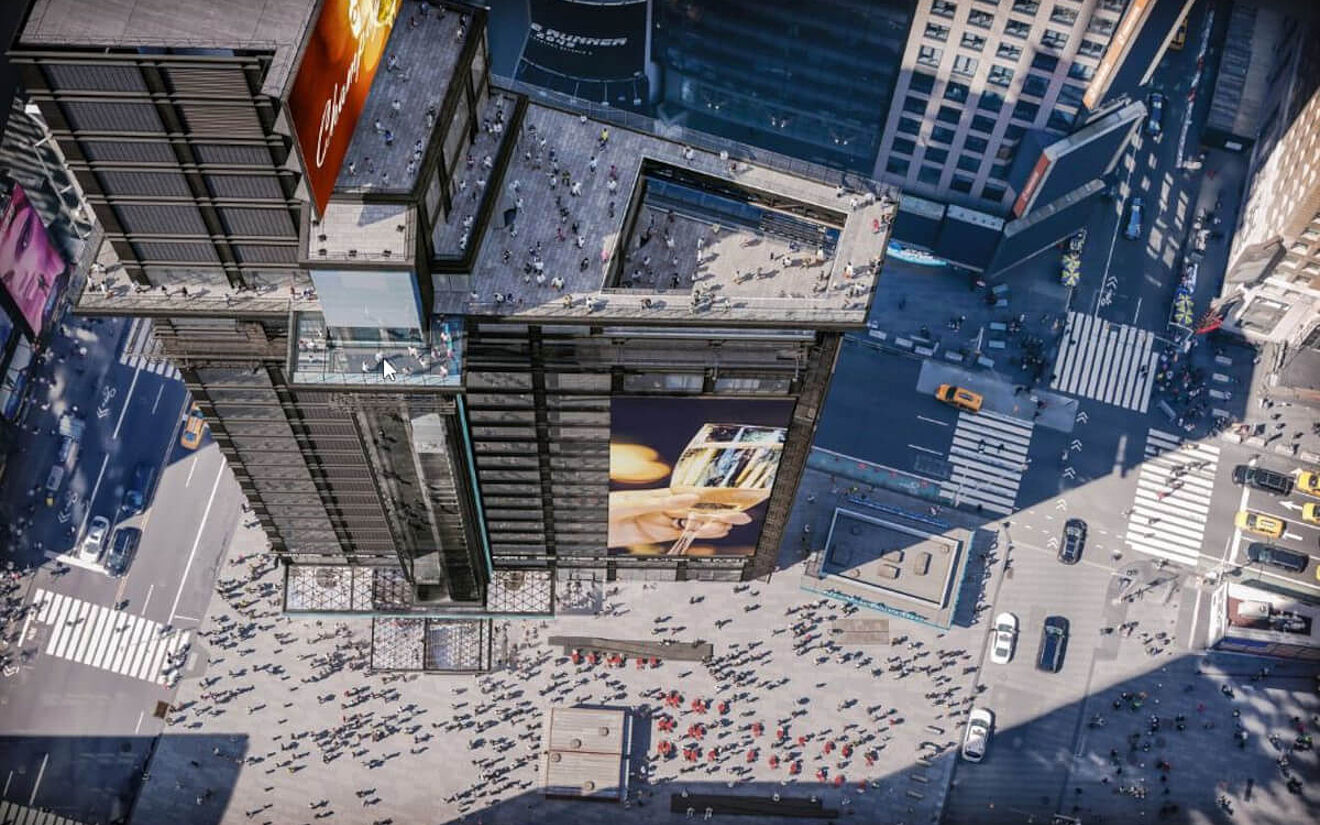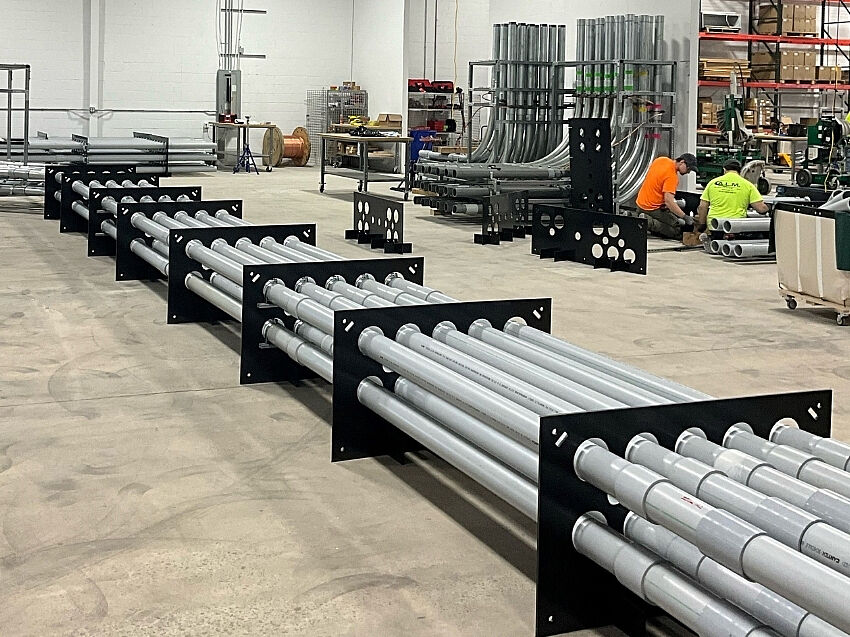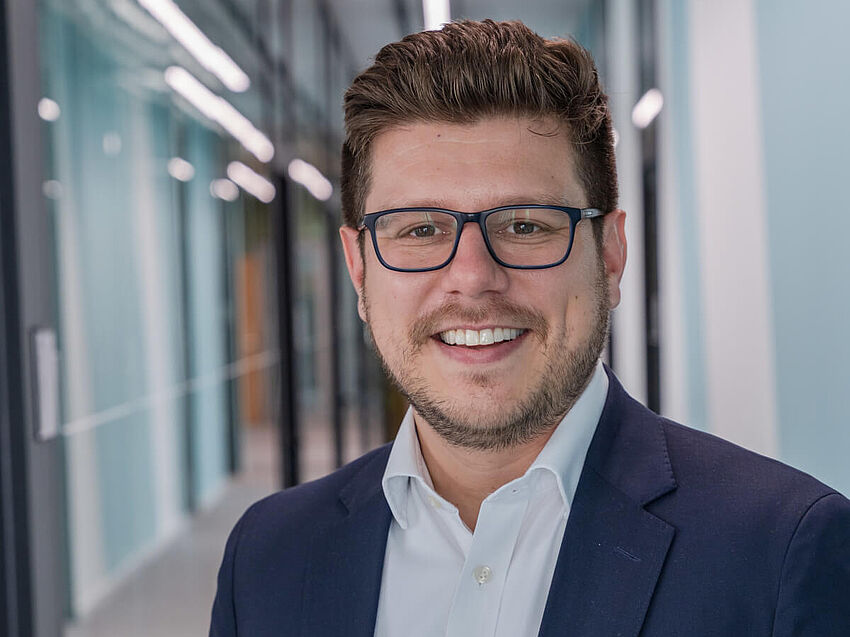One Times Square, a historical gem in New York City since 1906 and famous for its New Year's Eve ball drop, is being revitalized into a multifaceted tourist destination. This $500-million renovation will add a viewing deck and transform its interior into an interactive exhibition space, blending museum elements with modern digital experiences such as virtual- and augmented-reality displays.
Integral to this project are Kennebec Valley Detailers and Orange County Ironworks, who have skillfully worked on integrating new steel with the historic frame for the past four years, all while keeping the existing billboards and six-ton crystal ball intact and operational. This ambitious project, honored in the 2023 SDS2 Solid Steel Awards, showcases a remarkable blend of historical preservation and modern innovation.
A complex challenge
The renovation of One Times Square presented unique challenges for the Kennebec Valley and Orange County teams, requiring meticulous planning and adaptation. With around 80% of the original steel structure from 1903 still intact, the team faced the task of integrating the new components with these historic elements.
This complexity was compounded by outdated structural designs and unexpected structural peculiarities, which required extensive customization and careful handling of both the old and new materials. For example, the non-standard wide flange shapes used in the early 1900s were no longer featured in current AISC manuals. Additionally, unusual structural elements – like beams resting atop columns and the need to attach new columns to existing ones – presented unique obstacles.
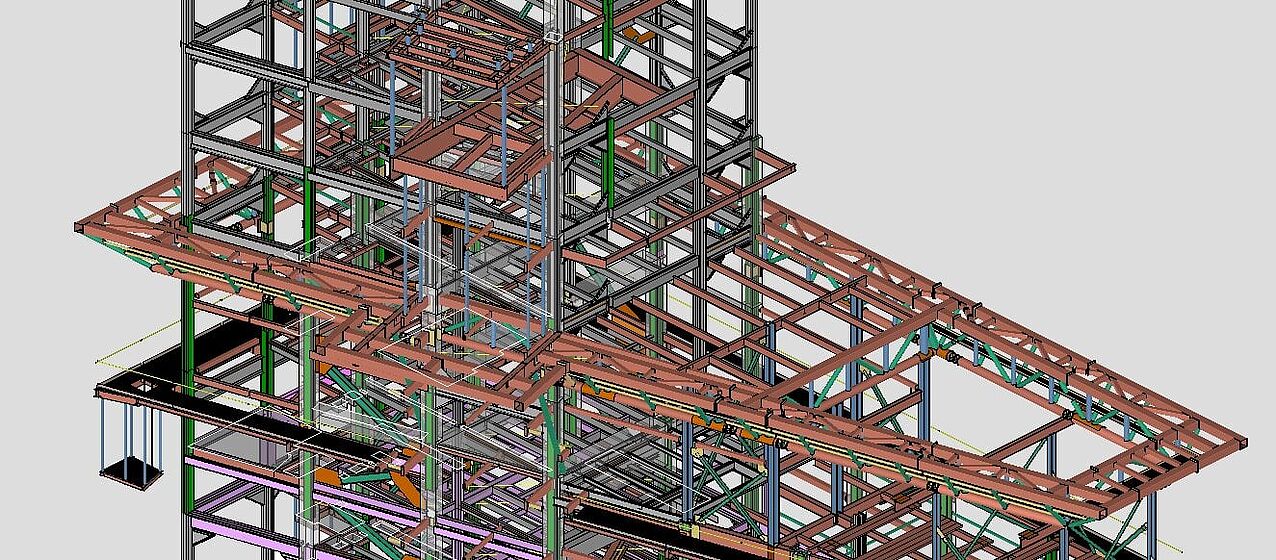
The reference drawings from the original construction and a 1964 renovation turned out to be fairly accurate. Despite this, the team still faced hurdles with the existing steel, which they imported into SDS2 as an IFC model. Not all elements translated perfectly into the model, requiring rigorous on-site surveys and adjustments. For instance, a model for columns, initially believed to be accurate, turned out to be flawed and needed significant corrections to align with the actual field conditions.
The building's wedge shape also created challenging angles throughout the structure. This unique geometry and limited access for heavy machinery like cranes further complicated the task, requiring innovative approaches to transport and assembly, particularly on lower floors. This meant that shorter beams (under 16 feet) had to be used so they could be transported via the building's service elevator and then assembled to achieve the required span length.

Innovative structural solutions
The use of SDS2 and BIM was central to the success of this project. Automated tools in SDS2, such as auto detailing and the Shuriken component for HSS splices, significantly accelerated the detailing process. These tools enabled the teams to efficiently manage simple connections and focus on more complex aspects of the project. The check bolt function in SDS2 was particularly useful in navigating tight connections.
For the upper floors, with varying elevations and an abundance of miscellaneous steel elements, the 3D modeling capabilities of SDS2 were essential. The design of the viewing deck with its glass floor and round HSS trusses in triangular form required creative detailing solutions, such as saving details as standards and replicating dimensions.
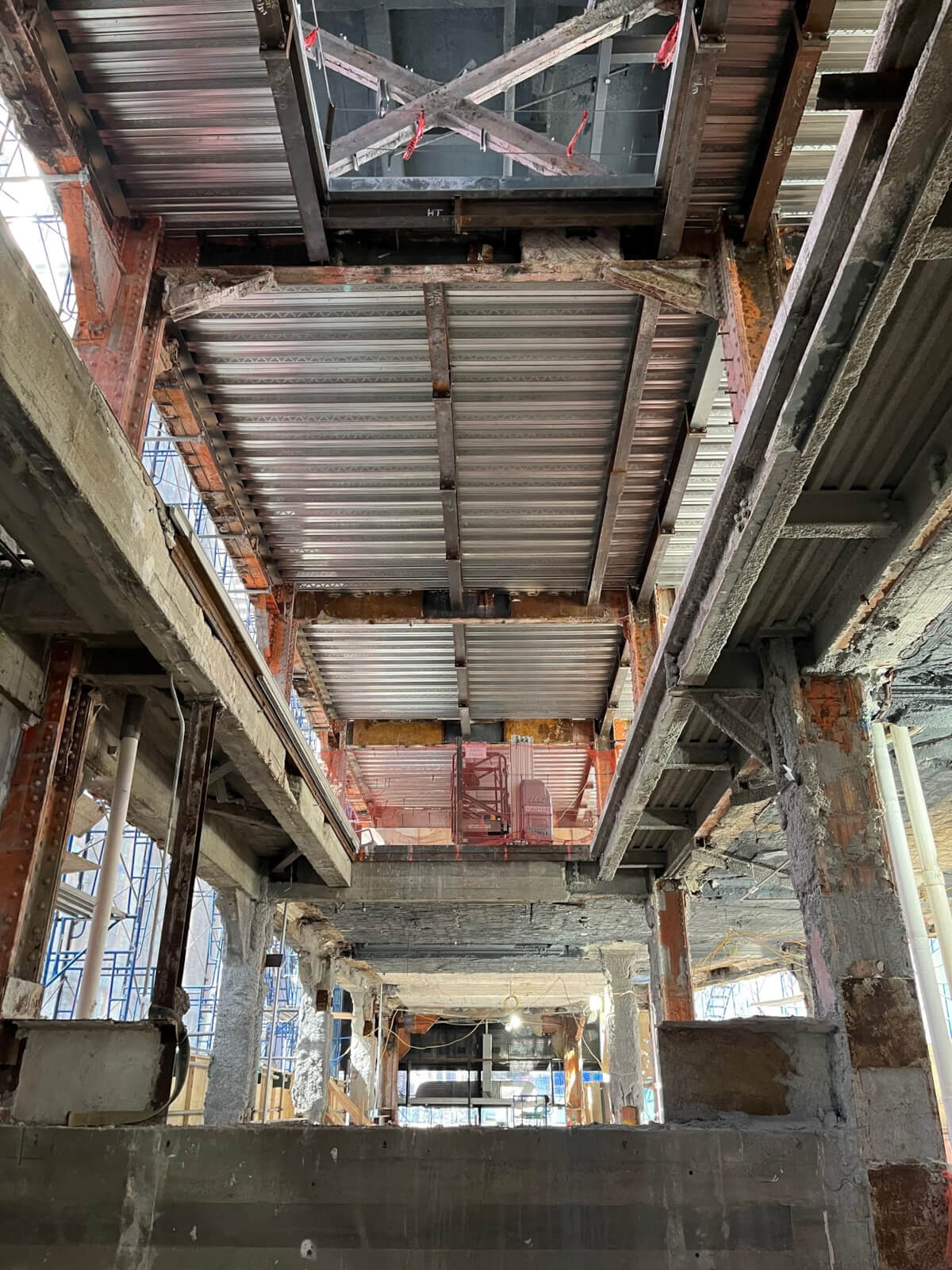
Overall, the intricate detailing and logistical challenges of the upper levels would have been insurmountable without the advanced 3D modeling and fabrication insights provided by SDS2. This technology not only aided in fabrication but was also crucial for logistical planning.
Celebrating teamwork and technology
The successful renovation of One Times Square emphasizes the importance of relationships and service in complex construction projects, where effective collaboration and clear communication are crucial. The project – culminating in a topping-off ceremony in December 2023, just in time for the famous New Year celebrations – sets a precedent for future renovations, where technology and teamwork come together to preserve and enhance iconic structures.
